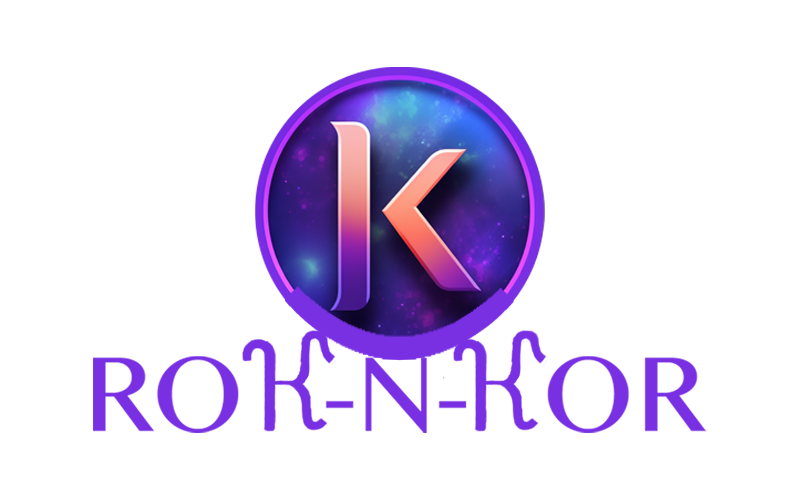Wearable technology has evolved far beyond its initial identity as mere fashion accessories. Today, wearables seamlessly integrate advanced sensors, electronics, and connectivity to enhance various aspects of our lives. In this article, we delve into 5 types of wearables and their transformative benefits that are shaping the way we interact with technology and our surroundings.
Fitness and Activity Trackers
Fitness and activity trackers are perhaps the most recognizable form of wearables. These devices, often worn as wristbands or clipped onto clothing, monitor and record physical activities, heart rate, sleep patterns, and more. Their benefits extend beyond providing data; they motivate users to maintain active lifestyles and make healthier choices. By setting and tracking goals, wearers can better understand their fitness progress and adjust their routines for optimal health.
Smartwatches
Smartwatches have revolutionized the way we manage our lives. These wrist-worn devices serve as extensions of smartphones, offering notifications, calls, and messaging capabilities on the go. Beyond communication, they provide fitness tracking, health monitoring, and even access to apps and navigation tools. The convenience of having a multifunctional device on the wrist enhances productivity and connectivity, making smartwatches an essential companion in today’s fast-paced world.
Health Monitors
Wearables designed for health monitoring are transforming healthcare. These devices, such as ECG monitors, blood pressure cuffs, and continuous glucose monitors, allow individuals to track vital health metrics in real time. Patients can share accurate data with healthcare providers, leading to better diagnosis and treatment. Health monitors offer peace of mind for those managing chronic conditions and provide valuable insights into overall well-being.
Smart Glasses
Smart glasses are wearables that overlay digital information onto the wearer’s field of view. They find applications in industries such as manufacturing, logistics, and healthcare. Workers equipped with smart glasses can access relevant information, instructions, and diagrams without diverting their attention from tasks. This enhances efficiency, reduces errors, and creates a hands-free working environment. Additionally, smart glasses have augmented reality capabilities, enabling interactive experiences and immersive learning.
Wearable Cameras
Wearable cameras, often mounted on glasses, helmets, or clothing, capture first-person perspectives of experiences. These cameras have gained popularity in sports, adventure activities, and journalism. Wearable cameras offer a unique way to relive and share memorable moments, providing a fresh perspective on events. They have also proven useful in professional fields, such as law enforcement and field research, where hands-free recording is essential.
Benefits Across Industries
The transformative benefits of wearables extend across various industries, leading to enhanced efficiency, safety, and engagement:
- Healthcare: Wearables facilitate remote patient monitoring, empowering individuals to take charge of their health and enabling healthcare professionals to provide timely interventions.
- Fitness and Wellness: Wearables encourage physical activity and healthy habits by offering real-time feedback and personalized recommendations.
- Workplace Productivity: In industries like logistics and manufacturing, wearables streamline processes, reduce errors, and enhance worker safety through real-time data and hands-free operation.
- Education and Training: Wearables, such as augmented reality glasses, revolutionize training programs by offering interactive, immersive learning experiences.
- Communication: Wearables like smartwatches provide quick access to calls, messages, and notifications, improving communication efficiency.
Conclusion
Wearables have evolved from trendy gadgets into powerful tools that enhance our lives in numerous ways. They bridge the gap between technology and everyday experiences, offering benefits that range from improved health and fitness to enhanced workplace productivity and communication. As technology advances, wearables are likely to become even more integrated into our daily routines, driving further innovation and reshaping how we interact with the digital world.
